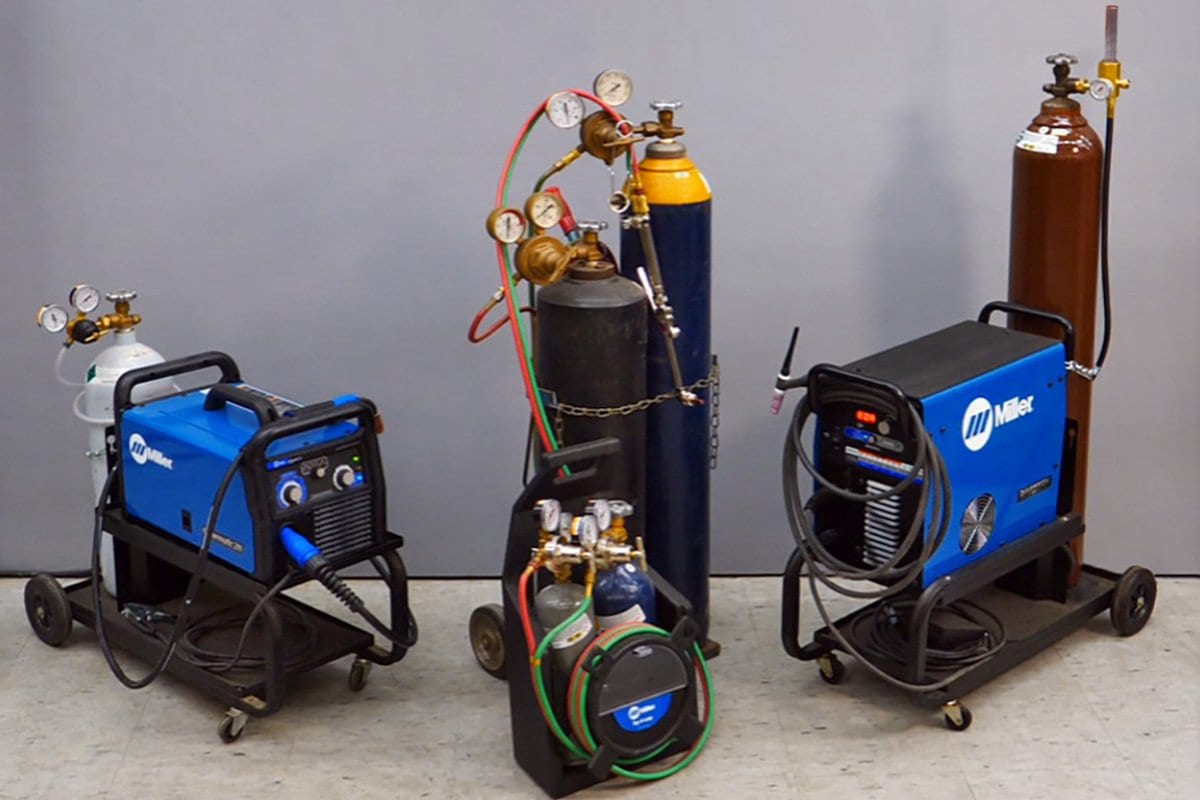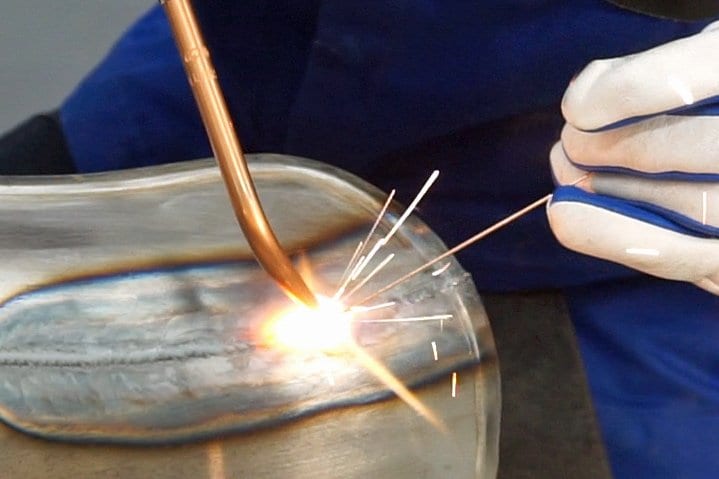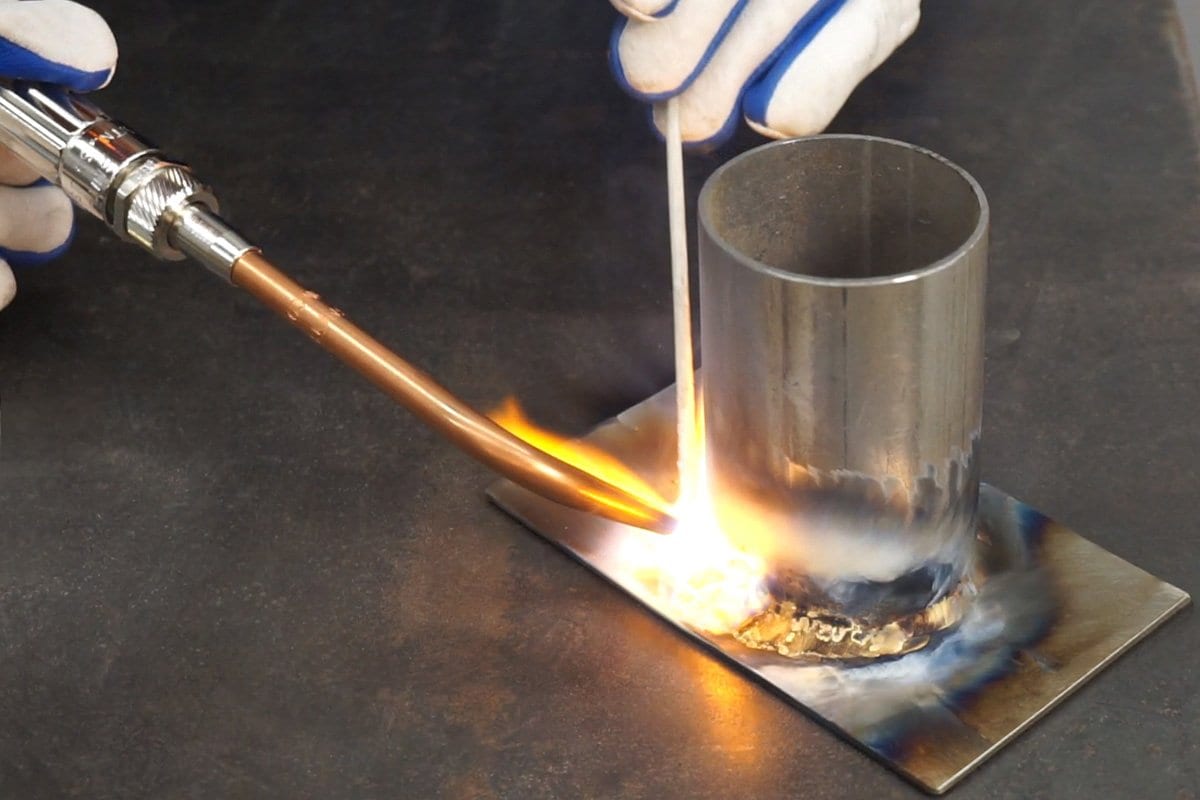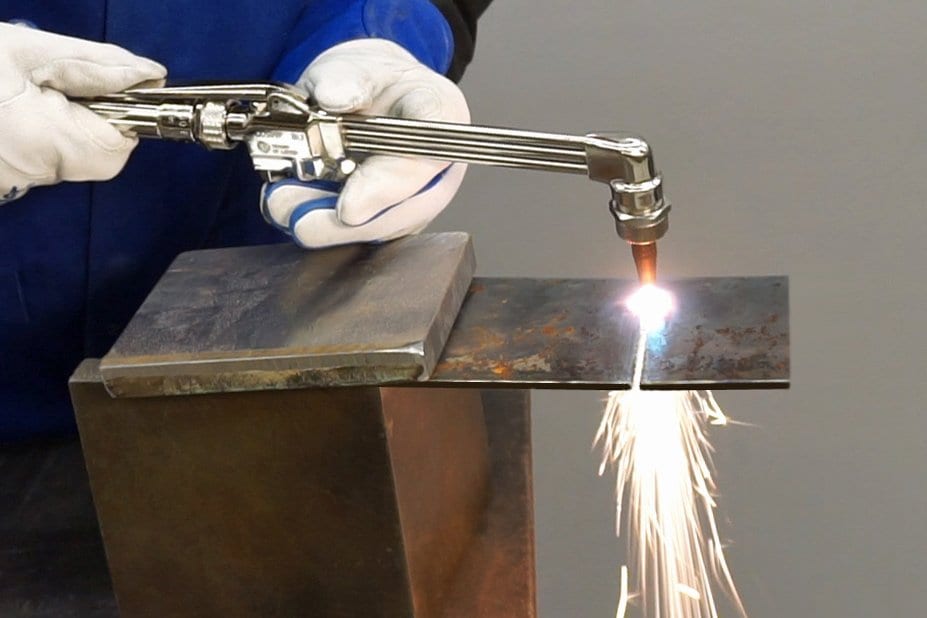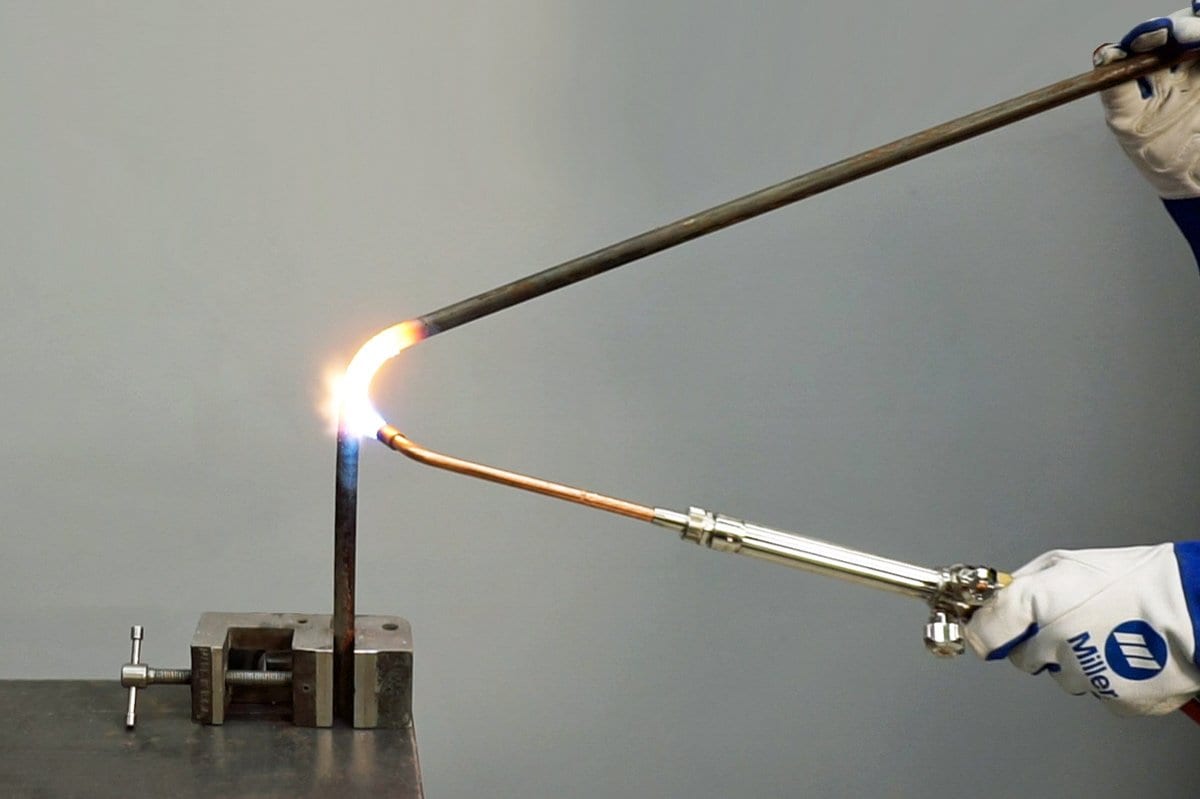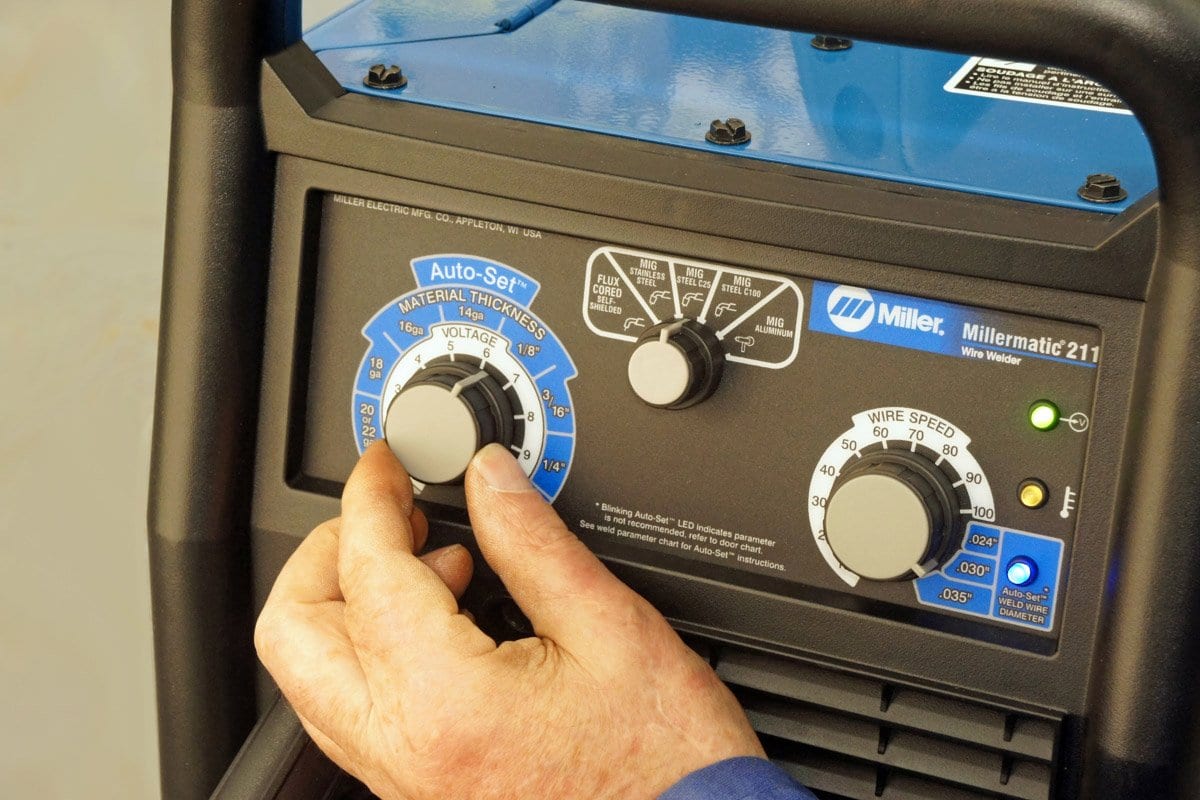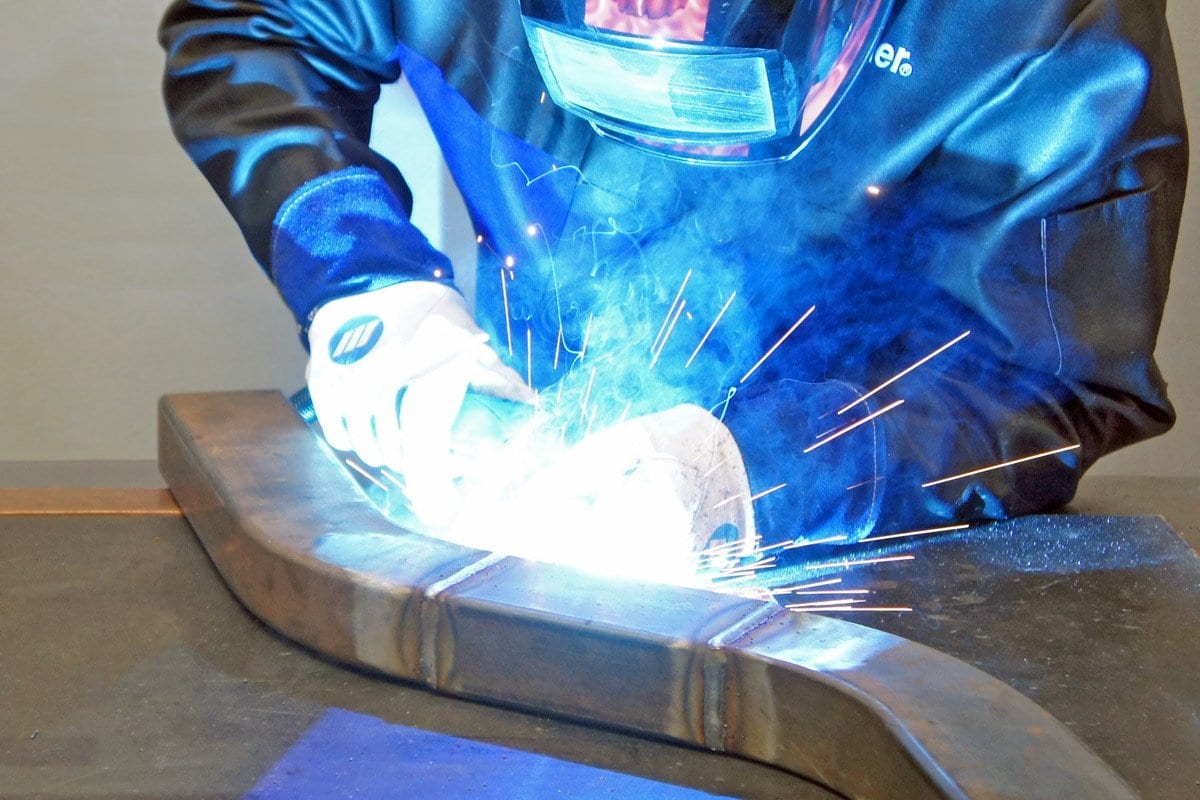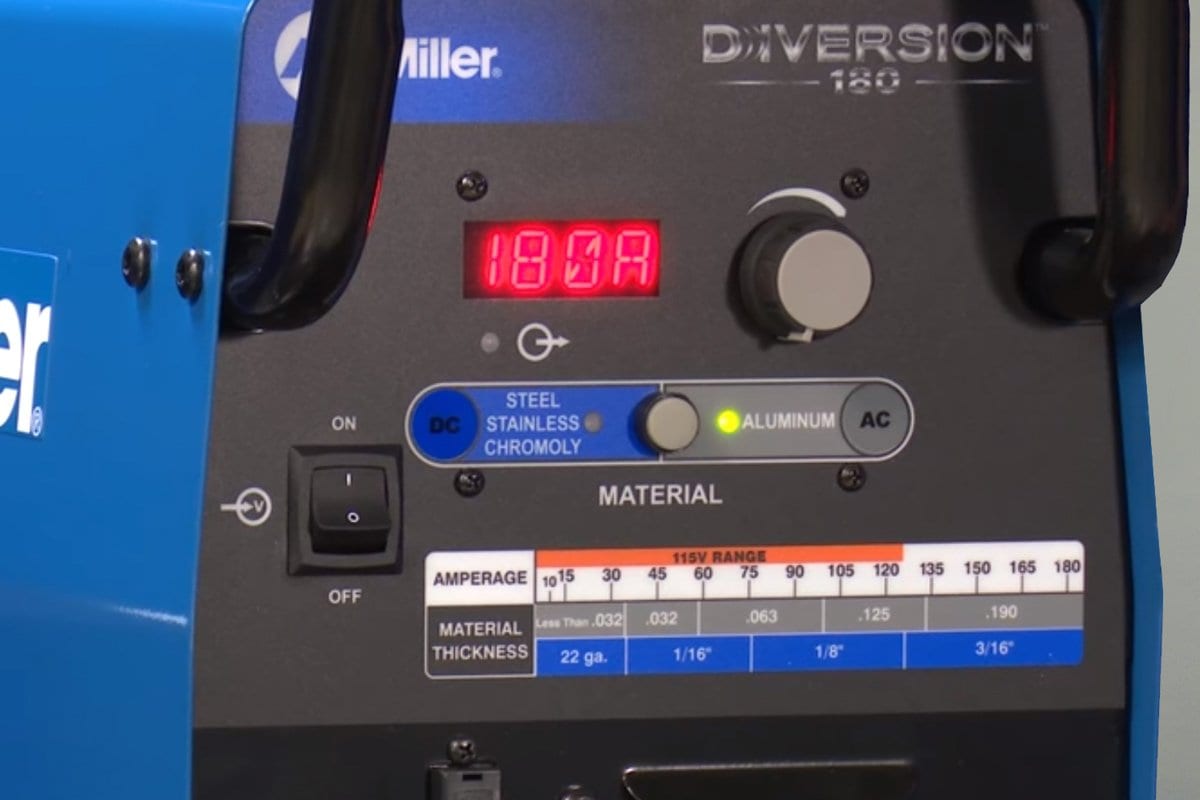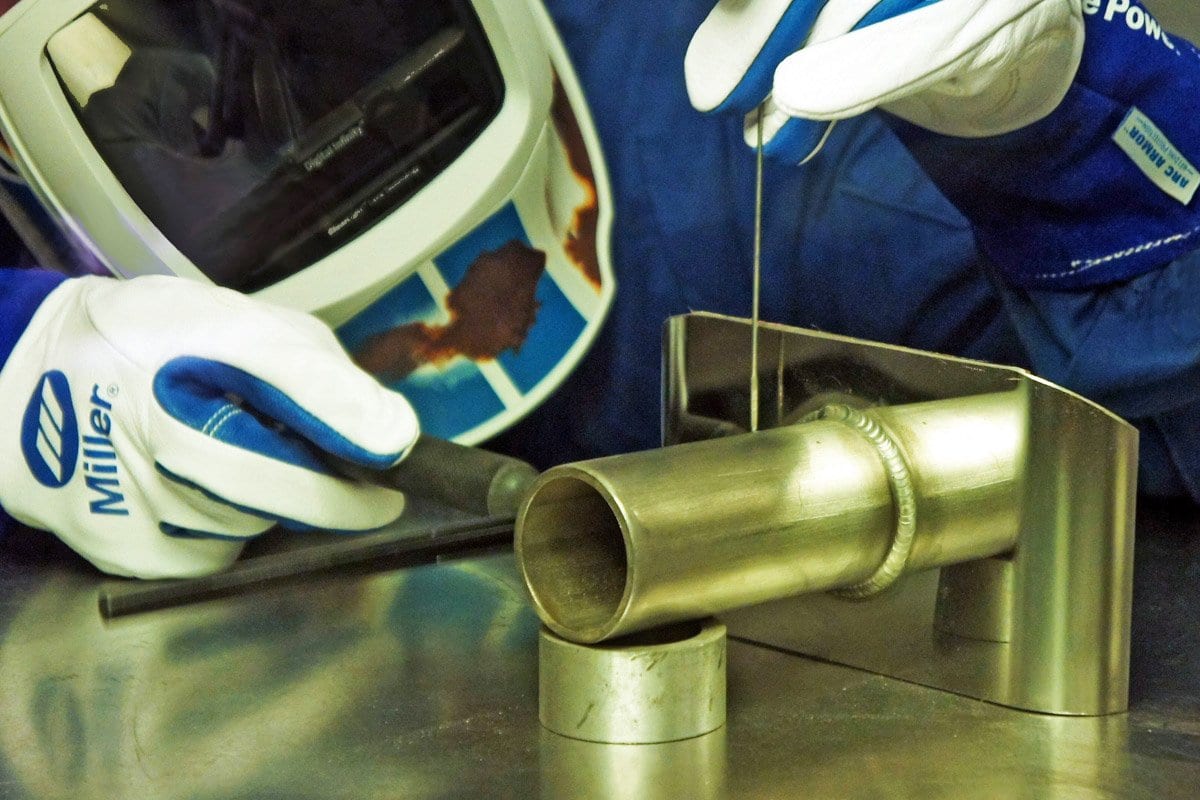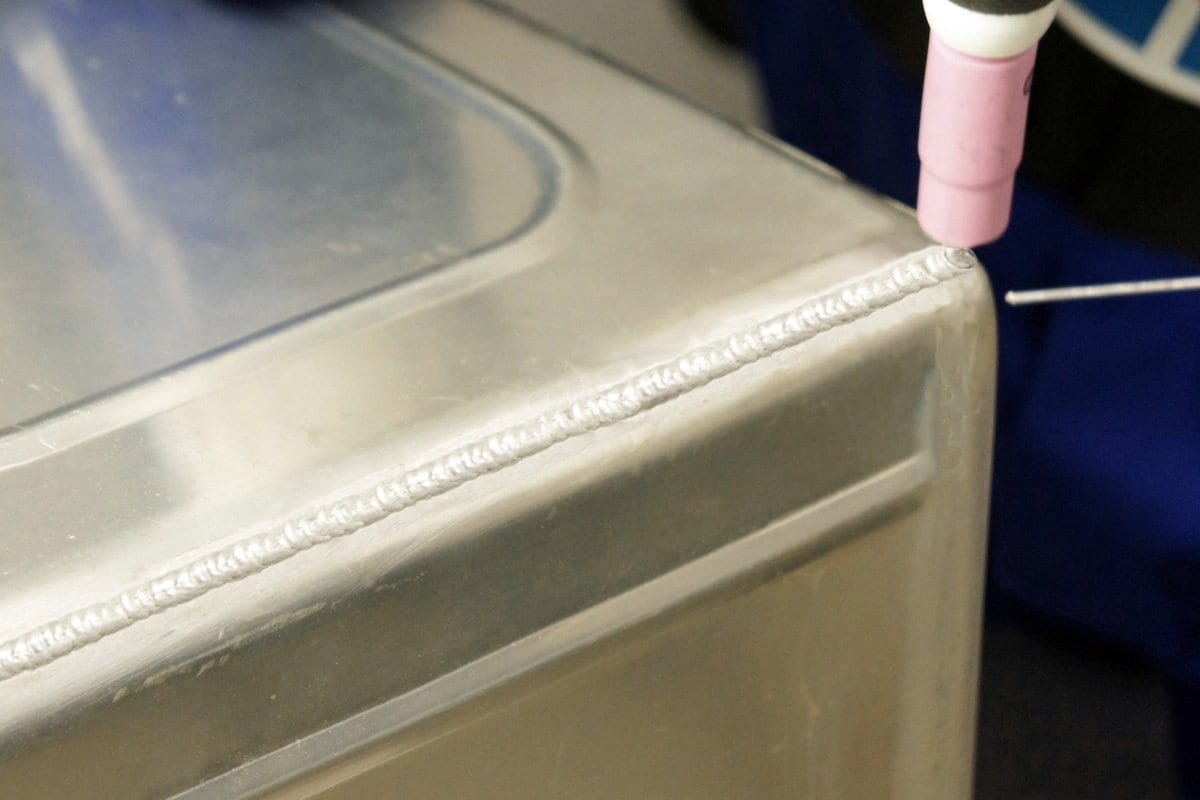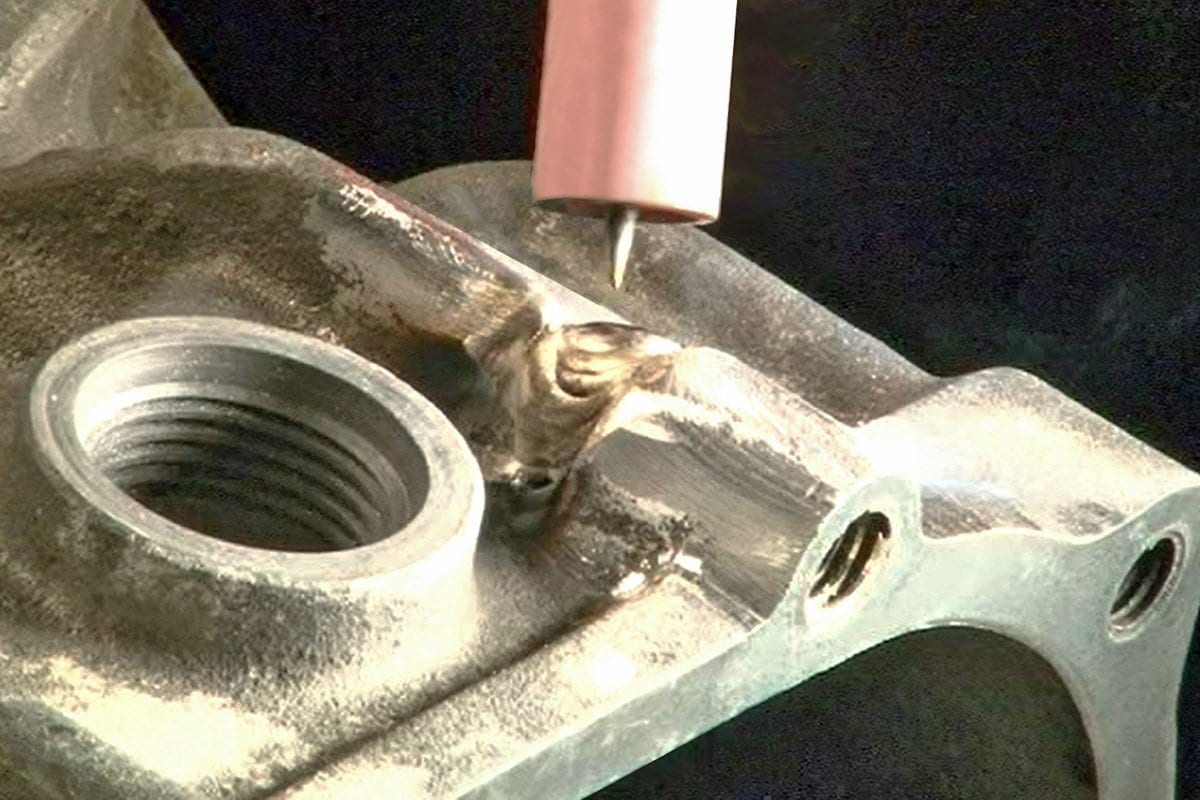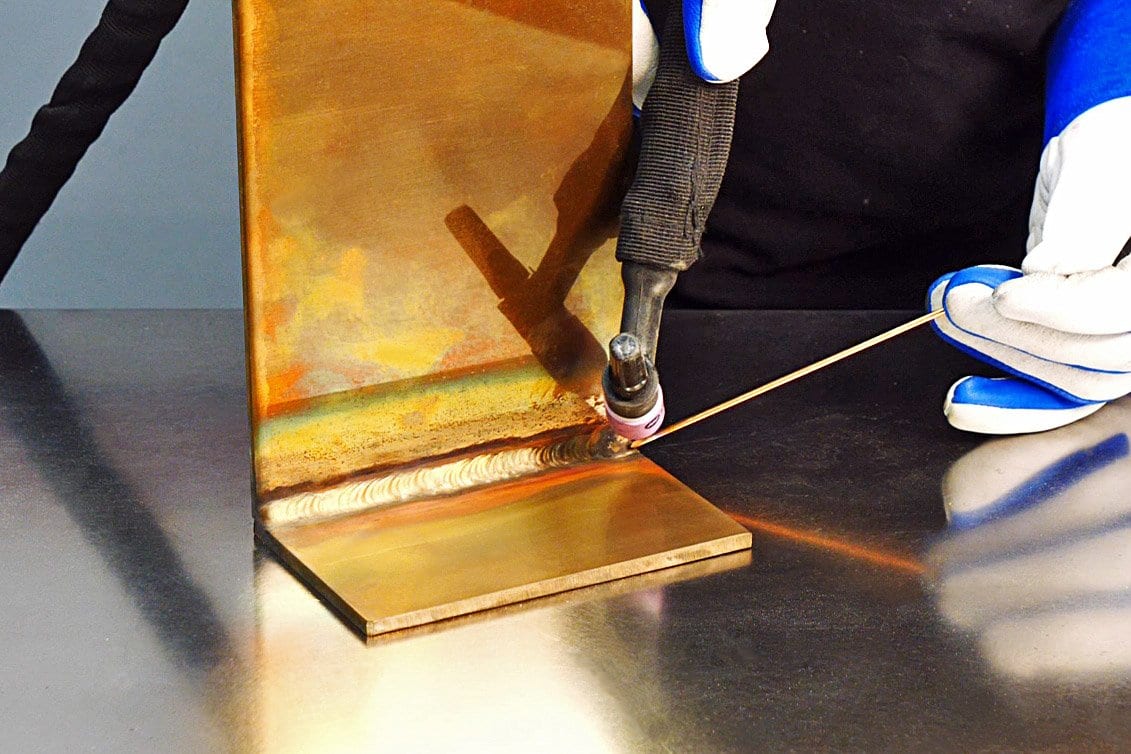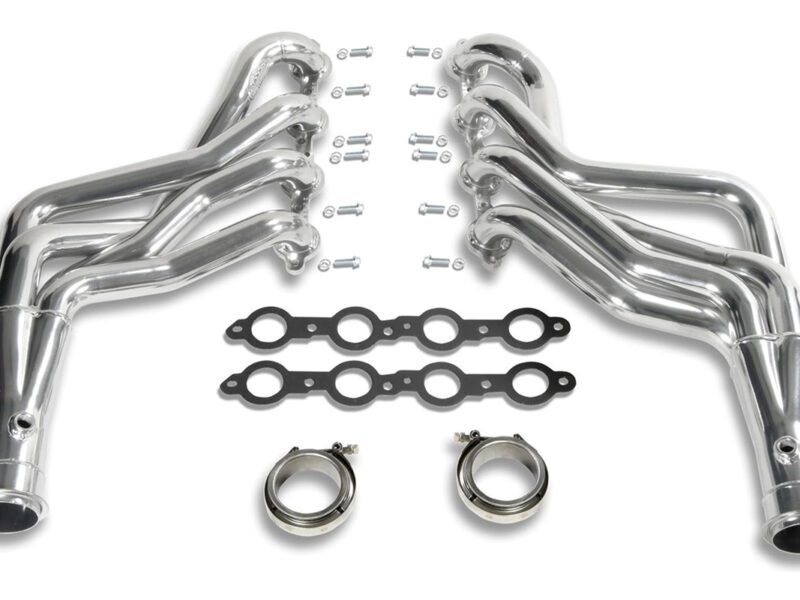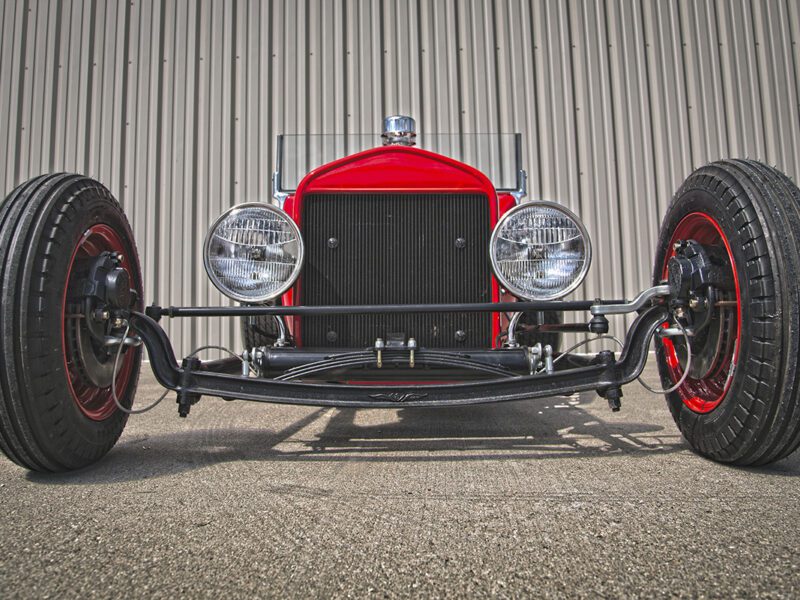The Basics of Choosing a Welder for Your Home Shop
Welding is a fundamental part of most hot rod and restoration projects. Whether installing new floor pans or patch panels, making custom body modifications, or installing new shock brackets or suspension setups, you’re likely to find many uses for a welder during any vintage car or truck build.
Many DIY car builders are perplexed by the wide range of welders on the market. That’s why we felt it would be worth taking a closer look at common welders used by automotive hobbyists and professionals alike. Our goal with this article is to look at several options which can get you started in welding without breaking the bank.
Gas Welding
I always encourage people to consider an oxy-acetylene outfit. These are very reasonably priced, and even if you upgrade to electric welding at some point, a gas welding outfit can still be very useful for car building projects. It’s pretty straightforward to weld steel sheetmetal, and the softness and ductility of a gas weld is unmatched, making it easy to work out any distortion.
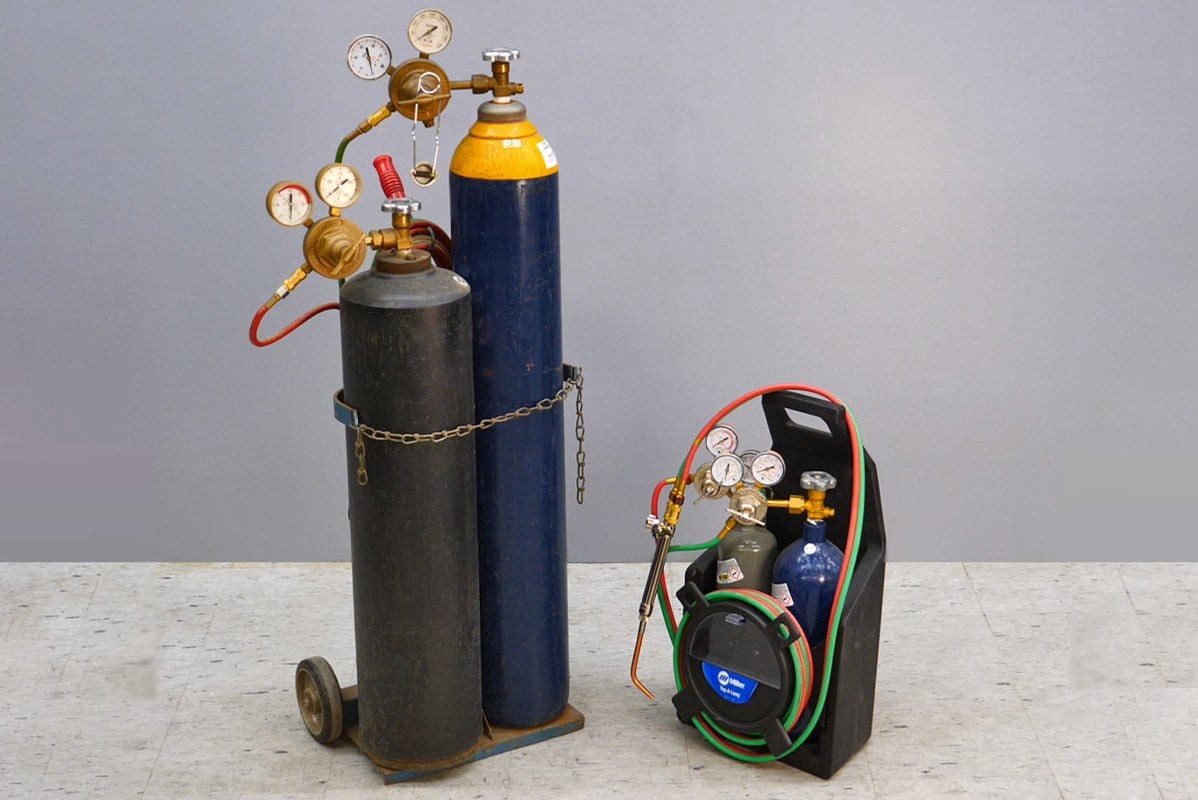
Gas welding outfits come in a wide range of sizes. Even the smallest can usually cut steel up to ½-inch thick, and heat material even thicker. The portability of small outfits is appealing, but larger cylinders are better if you do more than occasional welding.
Oxy-acetylene outfits are great for cutting steel sheet, plate, and bar, and even the smallest versions can usually cut steel up to 1/2-inch thick. Many can cut stock 1-inch thick or more, which is probably more than most car builders will need.
- Gas welding works very well for steel sheetmetal. With some practice, you can make a clean, strong weld. The bead will be soft, making it easy to hammer before grinding or filing smooth.
- Brazing is another process oxy-acetylene torches are ideal for.
A gas outfit can also be used to heat metal. Tempered and work-hardened metals can often be softened by ‘annealing’ – which means heating the metal to its transformation temperature with a flame. Heat can make it easier to bend heavy metal sections, too. You can bend 1-inch square steel stock with arm force alone, if you heat it until it glows red.
- Oxy-acetylene outfits are excellent for cutting steel plate.
- Heating is another use for a gas torch. You can easily bend heavy stock by hand while softening it with a flame.
A gas outfit can do soldering and brazing, too, which are often useful for general fabrication processes. As great as gas welding is, though, if chassis work is on your agenda, you might be better served with an electric welder.
MIG Welding
MIG welding is far and away the most popular process for hobbyists. It’s easy to learn – and it’s fast and strong. Once you’ve learned the basics – like setting the machine to get that ‘frying bacon’ sound, holding the gun at the right angle, and moving the gun with a uniform flow, you’re well on the way to being a decent welder. There are many machines on the market at a reasonable cost.

Vintage vehicles frequently have rust damage and MIG welding can work great for installing patch panels. With some care and experience, a MIG welded joint can be finished very nicely.
- MIG welding is the most popular choice for vintage car builders. It’s fast, easy to learn, and it can make strong welds. Some machines have simplified settings, so you just dial in the wire diameter and the metal thickness, and you’re ready to weld.
- MIG welding is also well-suited for chassis work – just make sure you invest in a machine capable of welding heavier gauge metals.
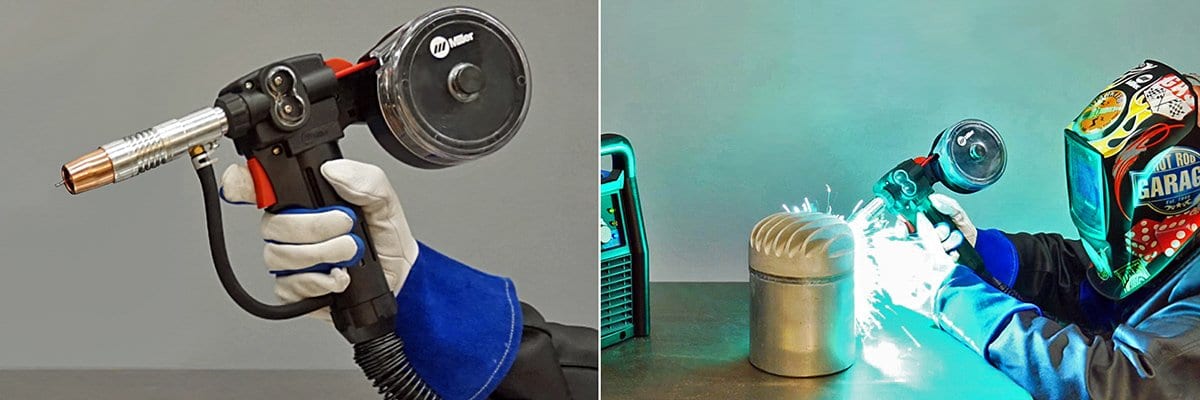
Some MIG machines can weld aluminum by using a spool gun attachment. Here’s a spool gun being used to join a cast aluminum end cap to a tube.
TIG Welding
TIG welding is the ‘high-end’ option. The equipment can be more expensive, but it gives you unsurpassed control over every aspect of the welding process. A skilled operator can consistently make welds with the prized ‘stack of dimes’ profile, and you can TIG weld nearly any metal.
- Many newer TIG machines like this Miller unit have a simplified control panel.
- The TIG process is ideal for welding a cluster of tubes. The highly focused arc can reach into the tight crevasses at the tube intersections.
TIG welding takes some persistence to master, but many communities have adult-education classes that teach welding – in fact, this is how I learned to weld. There are some great online tutorials too, so you can learn in the comfort of your home.

A recent innovation for TIG welding is clear cups for the torch. These light up the working area, and in some cases it helps when you can see the joint and the weld through the cup.
When shopping for welding equipment, give some thought to how you will manage repairs should they be needed. There are many import machines on the market, but you may want to consider buying equipment that has nationwide support from the manufacturer.
- One of the benefits of TIG welding is the ability to make high-quality, visually attractive welds.
- Here’s a TIG weld on an aluminum gas tank. The weld is so uniform that no finish work is required.
The accompanying photos here have shown several examples of the basic welding processes. I hope this article will encourage you to ‘dive in’ and learn new skills – or if you’re already welding, to step your game up a notch!
- Nearly any metal can be TIG welded. Here a crack is being repaired on a rare magnesium quick-change case.
- These ¼-inch thick bronze plates have been TIG welded together. There aren’t many metal parts on vintage vehicles that can’t be TIG welded.

